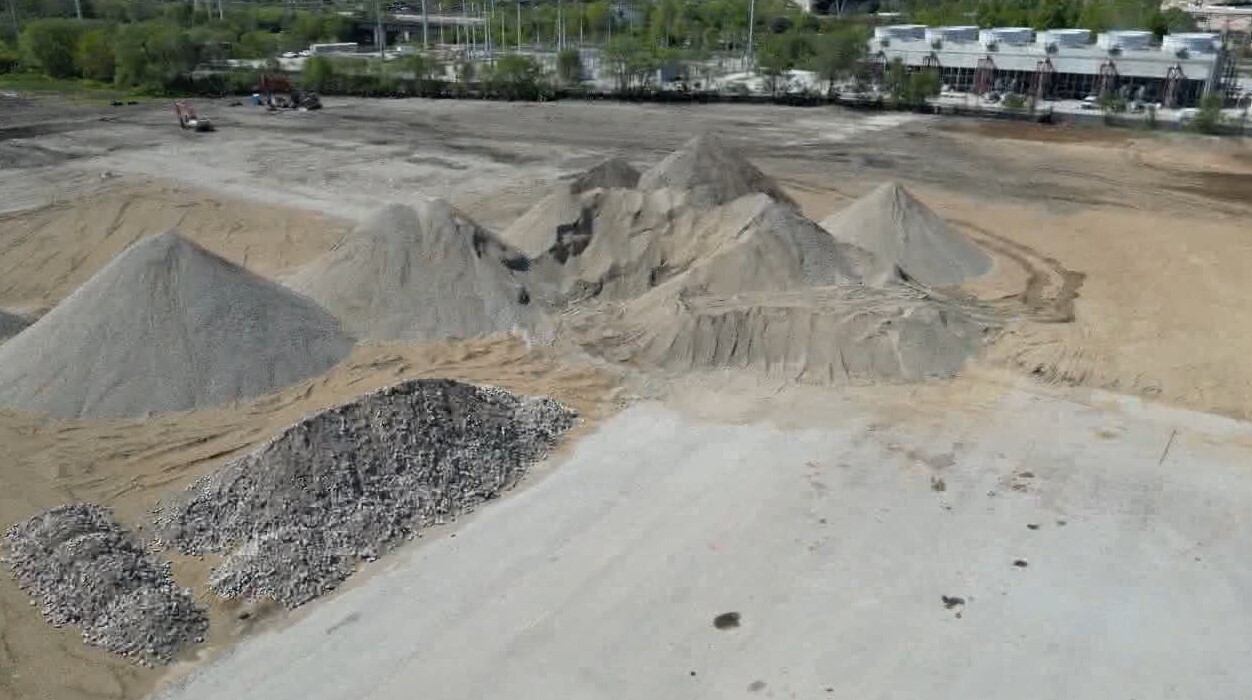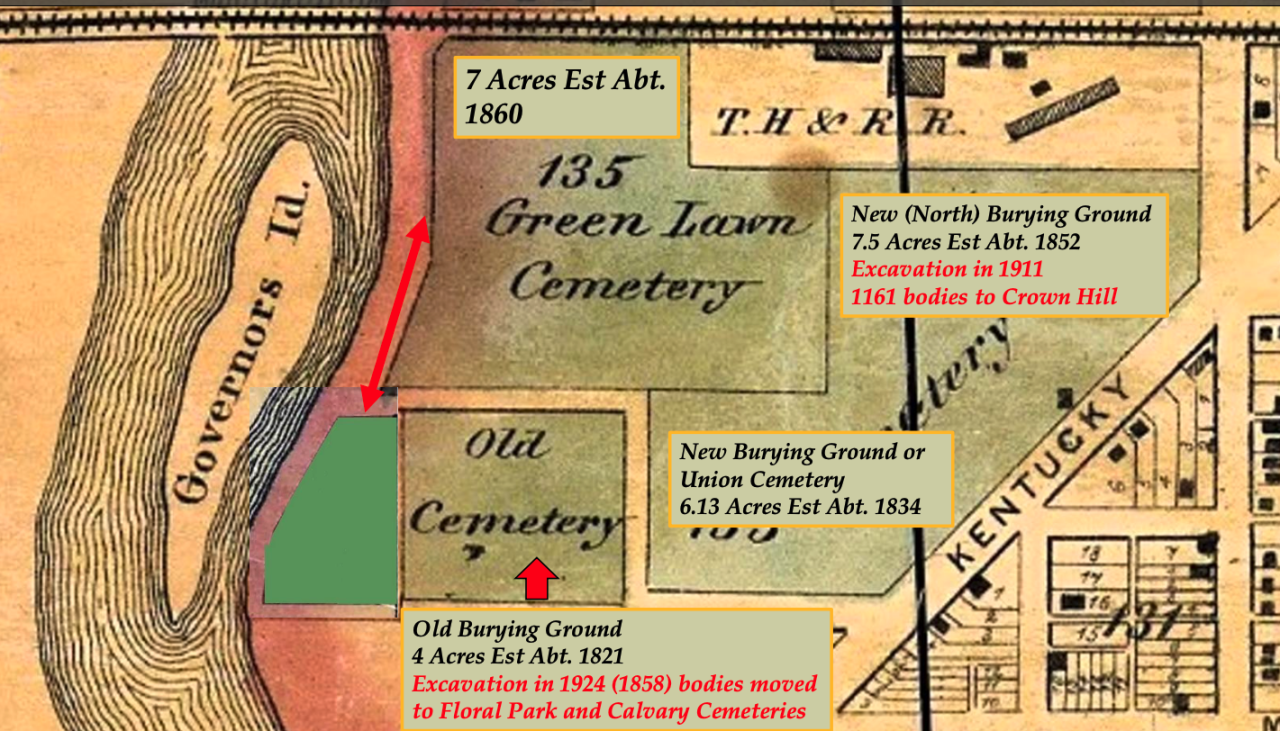INDIANAPOLIS — Rich history is buried at the site of the former Greenlawn Cemetery along the white river. It was the city’s first public burial ground and is believed to be the largest resting place for Black people in Indiana.
“I call it a treasure trove of Black history buried there,” said Eunice Trotter, the Director of Indiana Landmarks Black Heritage Preservation Program. “After so many descendants died, generations die, they become forgotten.”

Trotter joined lead genealogist Duane Perry and a handful of others to dig into the Black history buried more than 200 years ago at the former Greenlawn Cemetery.
“Six months into this, our oldest son passed away, Christmas Day of 2023. I was this close to saying I can't do this anymore, but I could not stop because of the special people buried there,” said Perry. “It’s almost like they grabbed the back of my neck and said you got to keep going. Go to tell our story.”
Perry works with the Indiana African American Genealogical Group, which is helping with the Greenlawn Cemetery project ‘Researching Our Past to Preserve Our Legacy.’

He’s looking at the stories of Black pioneers and trailblazers buried on the grounds, some who even escaped slavery to start new lives in the Hoosier State.
“The founder of Prince Hall Masonry, one of the earliest founders for Indiana, was buried there. One of the founders of Bethel AME Church was buried there,” Trotter explained. “One of the first Black property owners, a woman, in fact, Chaney Lively was buried there.”
Soldiers also had ties to the burial grounds.

“The US Colored Troops and Indiana had its own regiment, the US 28, I knew nothing about it,” Perry told WRTV. “Two of the people I found that were buried at Greenlawn were William Wesley Goff and Jacob Ross.”
The two also believe the great-great-grandfather of legendary boxer Muhammad Ali was buried there.
Hundreds of Hoosiers of all races were believed to be buried at Greenlawn, which served as the city’s first public cemetery that dates back to the early 1820s.

Perry told WRTV there were not a lot of records on African Americans then so they started looking at mortality records from 1871 to 1882.
With the help of Indiana Landmarks, they were able to compile a list of 1,200 Black Hoosiers.
The team narrowed the list down to those above 17 years old and came up with around 461 names to begin researching.

Some were ancestors of Brian Williams.
“My maternal grandmother was an only child, I call her the three Ds. She's the direct DNA verified, documented descendant of four historically Black settlements based here in Indiana,” he said.
Williams told WRTV he’s connected to Emeliza Winburn and Burton Turner, buried at the Cemetery.
Trotter, Perry, and their team are trying to piece together answers for families and the community.
RELATED | Indy students can uncover city’s history with new paid archaeology internship
“People have to know their history. If you don't know your history, you have not captured that history. You're like a rootless tree,” Trotter said.
Greenlawn closed and held its last burial in 1890.
Many families who were able to move their loved one’s graves did to various cemeteries, including Crownhill.
However, estimates predict hundreds of remains are still at Greenlawn.

Development at the site has happened multiple times, including Diamond Chain and even the first and largest electric railway in the U.S.
Now part of the new Henry Street Bridge is designed to run through the cemetery.
It’s why the preservation team joined the Indianapolis Department of Public Works who called in a team of archeologists to carefully evacuate the remains so they can be researched.
WATCH | Henry Street Bridge Project digs up the past
“Their stories need to be told, and I want to be a part of telling that story,” Perry said.
"This history is so critical, not just for African Americans, but for all people,” added Trotter.
So far, the city said they've found 282 grave shafts in the 1.5 acres of land controlled by them.

Trotter told WRTV they want to eventually have a memorial honoring Black history at the site.
They plan to hold a public exhibit at the Central Library in September sharing their research and AI renderings.










